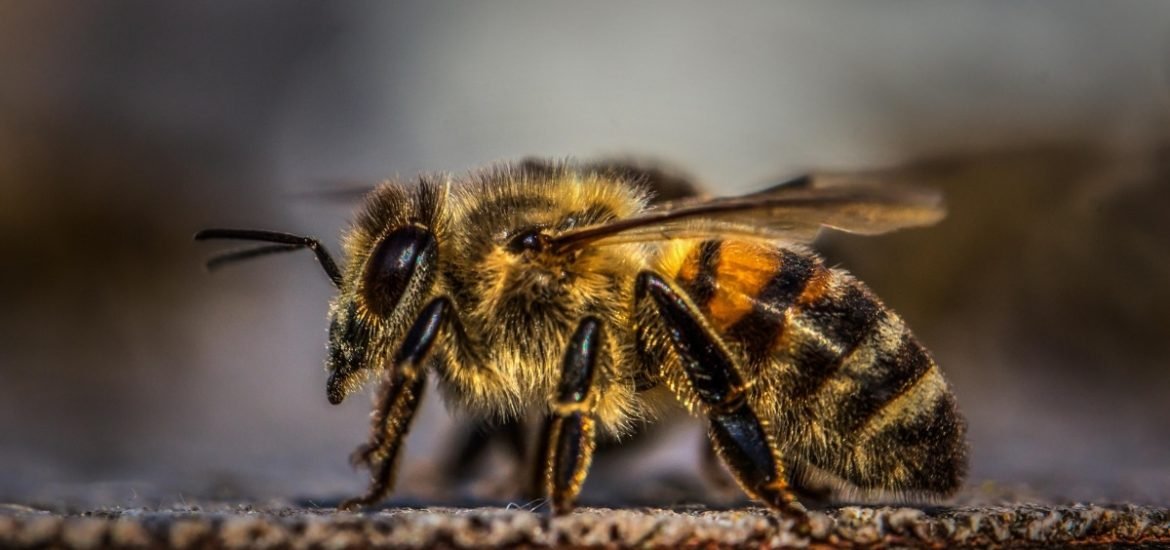
Even with their miniature brains, previous research has shown that honeybees can understand the concept of zero. But what about basic arithmetic? A new paper published on 6 February in Science Advances has demonstrated that honeybees (Apis mellifera) are capable of storing up to five numbers in their brains and can perform simple arithmetic operations. The bees learned to use blue and yellow as symbolic representations for addition or subtraction. Moreover, they were able to use this information to solve unfamiliar problems that required addition or subtraction of one element from a group of elements.
Mathematical operations like addition and subtraction are more complex because they require two levels of processing ― once thought to only be in the remit of the human brain. But now it would seem that certain non-human animals, even tiny bees, are capable of some degree of “advanced” numerical cognition. To test this out, researchers from France and Australia used colour-coded mazes to present the honeybees with mathematics problems, each with two possible answers, to the bees. If the bees selected the correct path in the Y-shaped maze, they were rewarded with sugar water but received a bitter quinine solution instead for the wrong choice.
Fourteen bees were trained to link the colour yellow to addition and blue to subtraction. Then, they flew through an opening into a “decision chamber” where they had to choose between two possible options. If the shapes were blue, the bees were rewarded if they reached the end of the maze with one more blue shape and if the shapes were yellow, they got a reward for flying to the end of the maze with one less yellow shape.
According to the authors, the bees got the right answer 63 to 72 per cent of the time. To achieve this level of “numerosity,” bees must be able to acquire long-term rules and use short-term working memory. In their paper, the researchers posture that this ability in bees may have something to do with keeping track of resources, which could be useful in decision making, problem-solving, and foraging, or even remembering flower traits, such as size, colour, and shape.
Other vertebrates are known to grasp complex numerical concepts — including addition, sequential ordering of numbers. But the brain of a bee in minuscule, containing only 960,000 neurons, compared to around 100 billion in the human brain. So, perhaps we don’t actually need all these neurons to do simple mathematics.
The authors suggest, ” language and prior advanced numerical understanding are not a prerequisite necessary for the ability to calculate addition and subtraction solutions.” Furthermore, the findings could pave the way to novel approaches in artificial intelligence (AI) and machine learning. If smaller brains (20, 000 times smaller than the human brain) can develop the ability to do simple mathematics, the same concepts could be incorporated into artificial intelligence (AI) designs for rapid learning.
(1) Howard, S.R. et al. Numerical cognition in honeybees enables addition and subtraction. Science Advances (2019). DOI: 10.1126/sciadv.aav0961
(2) Howard, S.R. et al. Numerical ordering of zero in honey bees. Science (2018). DOI: 10.1126/science.aar4975